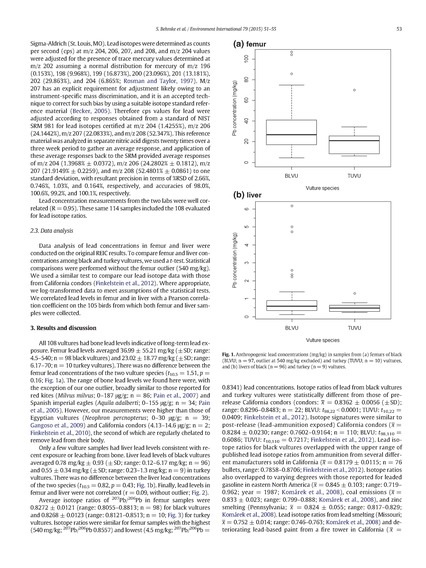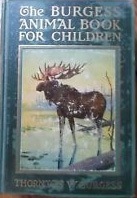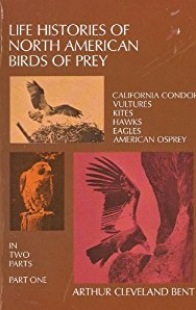LOSING THE SPECIES IN THE STATISTICS
Saturday 17 August 1996 - "The rain was pretty well over by 8 p.m. yesterday, although I think we had a few showers in the night. Total ppt 0.30". Foggy morning,burning off fairly early. Lots of clouds but lots of blue, no rain through the day. Low 57F, high 77F."
"We spent most of the day indoors. I was refereeing two bird manuscripts and editing Sara's book. Shawn and I made a quick trip down the hill to call Leo, wish Sara a happy birthday, and get the mail. 7:10 to 8:10 p.m., Shawn and I walked out the logging road to the Cedar Brook sideroad, and back. Quiet evening."
Because I am an "expert" on certain species of birds, I regularly get asked to referee (jargon, for review) papers submitted for publication in scientific journals. I like to do it; it keeps me in touch with what is going on in my profession, and some of the papers are quite interesting. Watching moose walk by while reading about vultures in Africa or terns on a Mexican beach is not bad duty. As the years go by, however, I find it harder and harder to comment meaningfully on a lot of the papers sent for my review. I can point out errors in facts, and can question the reasoning leading to some of the conclusions, but the "science" has become too technical for me. I've been gone from school far too long to understand a lot of the math and statistics that make up the bulk of scientific papers nowadays. Also, despite what I said about the subject matter often being interesting, most of the manuscripts are really boring.
A typical journal manuscript in 2006 consists of maybe twenty paragraphs of narrative, four or five statistical charts, maybe a table of data, and a whole bunch of mathematical equations. If the paper has a good introduction and a good conclusion, and if the subject matter isn't too arcane, it can be a "good read." But, as a whole, scientific journals have about as much reader-appeal as the stock market listings from your local newspaper, or your family doctor's prescription for your latest medicinal need.

Some of this blandness is because of the combined pressures of money and time. It costs money to print journals, and most scientific organizations don't have a lot of it. Therefore, we are severely pressured by editors to cut out those extra words, be succinct, replace an explanation with an equation -- in other words, reduce the presentation to as small a space as possible. This is also supposed to be a time saver: there is so much to read nowadays that we mustn't waste our time wading through ten pages of text if the same story can be told in a paragraph and a table. Finally, there seems to be an unspoken rule that real scientific information can't be presented as enjoyable reading.
I understand -- and I guess I mostly agree -- with the cost and time concerns. But I also know we've lost something very important and very precious in our perceived need for fiscal, spatial and temporal economies -- and in our need to make science reporting "scientific." For me personally, if I hadn't been exposed to that lost "something" when I was young, I might never have become a naturalist, wildlife biologist, and ornithologist. My training started with nature stories, like those of Thornton Burgess and Henry Williamson, where birds and mammals had personalities and even names. Clearly, those were fiction -- some were so much fictional that they were fantasy -- but some were very good at showing animals at home: where they lived, who lived near them, what they ate, and -- sometimes -- who ate them. Even though the stories were unreal, they helped to make Nature real to me. Later, I graduated to the real life adventures and observations of explorers and naturalists.


Thoreau's lengthy description in "Walden" of the work and war activities of red and black ants was attention-riveting. Arthur Cleveland Bent's "Life Histories" of North American birds sometimes spent ten or more precious pages on a discussion of a subspecies of bird -- the coverage for the entire species sometimes ran to 50 pages. But 50 pages might be needed to make the bird and its habitat really come alive. When I read in "Bent" about Colorado great horned owl habitat "where diminutive junipers struggle for existence among the limestone hillsides, and whose branches, unlike those of the giant sycamores, sweep the ground rather than the sky," I'm ready to be out in those rocky reaches. When I read in a recent ornithological journal that a certain bird's habitat is "a dry, open woodland" dominated by two species of shrubs, one of which is about nine times as abundant as the other, and both of which grow up to about four meters high -- well, it may be important information, but had I read it in the 1950s, I don't think it would have started me wishing that I could be out there in the brush with them.

I'm not against boring scientific literature -- I've written plenty of it, myself -- and, as I said above, I do see justification for it. I'm just sad that there is no longer an outlet for the broad-brush, larger than life nature writing that meant so much to me as I was growing up. And I don't think the loss is just in nostalgia; I think of some of my ornithological peers who have studied one species of bird for twenty, thirty, or even forty years. They know their species intimately - often to a degree that no one else will ever have an opportunity of knowing them -- yet when those researchers retire and/or die (both of which we all eventually do), all the world may ever have of those decades of in-depth knowledge are a few pages of text, a table, a graph, and a mathematical formula. No matter how good the science, surely a bird is more than that.
When I was studying the California condor in the 1970s, I had an opportunity to correspond with Giles Dawson, the son of William Leon Dawson who was the writer of some of the best bird descriptions ever put in print. Giles shared some boyhood remembrances of trips taken with his father in pre-1920 California, and he asked me a question:
"If you have a few minutes to spare I should much appreciate your giving me a candid appraisal of my father's chief ornithological work ("The Birds of California"). My impression is, of course, that my father was a true scientist and rendered valuable service in his scientific observations and descriptions. But he was also a lover of birds, and scientists ought not to love the objects of their study. His descriptions reveal his love and much more about his character. Doubtless he is too ecstatic, too fond of pouring out his feelings about birds and wildlife in general."
I was happy to give him my critique of his father's book: "The Birds of California is, in my opinion, a unique contribution to the ornithology of this state. While your father was obviously a poet and lover of birds, his information is sound and he provides considerable historical and life history information not readily available elsewhere. His writing style is a regular source of pleasure to me, in that he reaches beyond the obvious and gets down to the nature of the beast. My favorite condor quote is: 'And who are we that we should sit in Judgment upon a brother who takes his meat a bit rarer than our own? A dead cow is, after all, a dead cow, is it not?'"
To Dawson and his generation of naturalists, a bird could never be just a statistic. I miss him and his kind of Science.
To the Writing It Down Homepage
New and Used Books - Many Topics